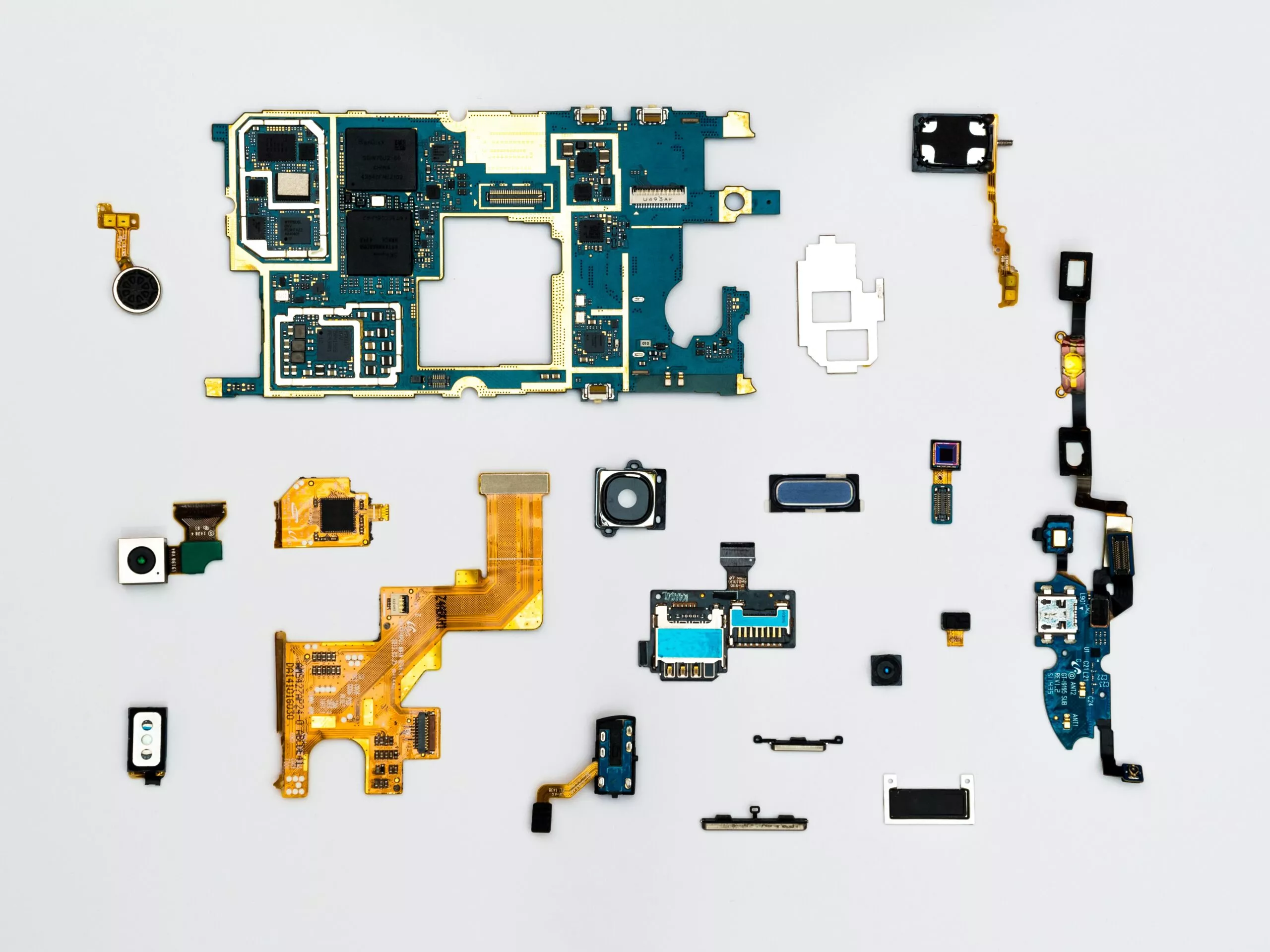Essential elements of a great website
Essential elements of a great website are crucial for creating a functional and engaging user experience. Here are some key elements you should consider including:

Header
The header appears at the top of every page and typically includes your logo, website name, and primary navigation menu. It helps users identify your brand and navigate through your website easily.
Navigation Menu
A clear and intuitive navigation menu is essential for guiding users to different sections and pages of your website. Use descriptive labels and organize menu items logically to improve user experience.
Call-to-Action (CTA) Buttons
Incorporate prominent and persuasive CTA buttons throughout your website to encourage users to take specific actions. Whether it’s signing up for a newsletter, making a purchase, or contacting you, CTAs guide users toward conversions.
Contact Information
Provide contact information, such as phone number, email address, and physical address, prominently on your website. This helps users easily reach out to you for inquiries or support.
About Us Page
Include an About Us page to introduce your business or organization, share your mission, values, and team members. This page builds trust and helps users understand your brand better.
Search Functionality
If your website contains a significant amount of content, consider including a search bar to allow users to find specific information quickly. This is particularly useful for e-commerce or content-heavy websites.
Social Media Links
Incorporate links to your social media profiles to encourage users to connect with you on various platforms. This helps build brand awareness and fosters engagement.
Testimonials or Reviews
Displaying testimonials or reviews from satisfied customers or clients adds credibility to your business. Place them strategically throughout your website, especially on key conversion pages.
Contact Form
Include a contact form that allows users to send you messages directly from your website. This provides a convenient way for visitors to reach out to you without having to use their email client.
Footer
The footer appears at the bottom of each page and typically includes secondary navigation, copyright information, privacy policy, and additional contact details. It allows users to access important information regardless of their position on the page.
Responsive Design
Ensure your website is responsive and adapts to different screen sizes and devices. This guarantees a consistent user experience and accommodates the increasing number of mobile users.
Privacy Policy and Terms of Service
If you collect user data or provide services requiring legal agreements, include links to your privacy policy and terms of service. This helps establish trust and demonstrates your commitment to data protection and user rights.
Clear Typography and Readability
Choose typography that is legible and easy to read across different devices. Ensure proper spacing, line heights, and contrast to enhance readability.
Visual Elements
Incorporate high-quality and relevant visuals, such as images, videos, and infographics, to enhance the visual appeal and engagement of your website. Use visuals strategically to support your content and convey your message effectively.
Analytics Integration
Install an analytics tool, such as Google Analytics, to track visitor behavior, measure website performance, and gain insights for optimization.
Essential elements of a great website: Summary
Remember, these are essential elements, but their specific implementation may vary depending on your website’s purpose and industry. Customize and adapt these elements to best serve your target audience and achieve your website’s goals.






